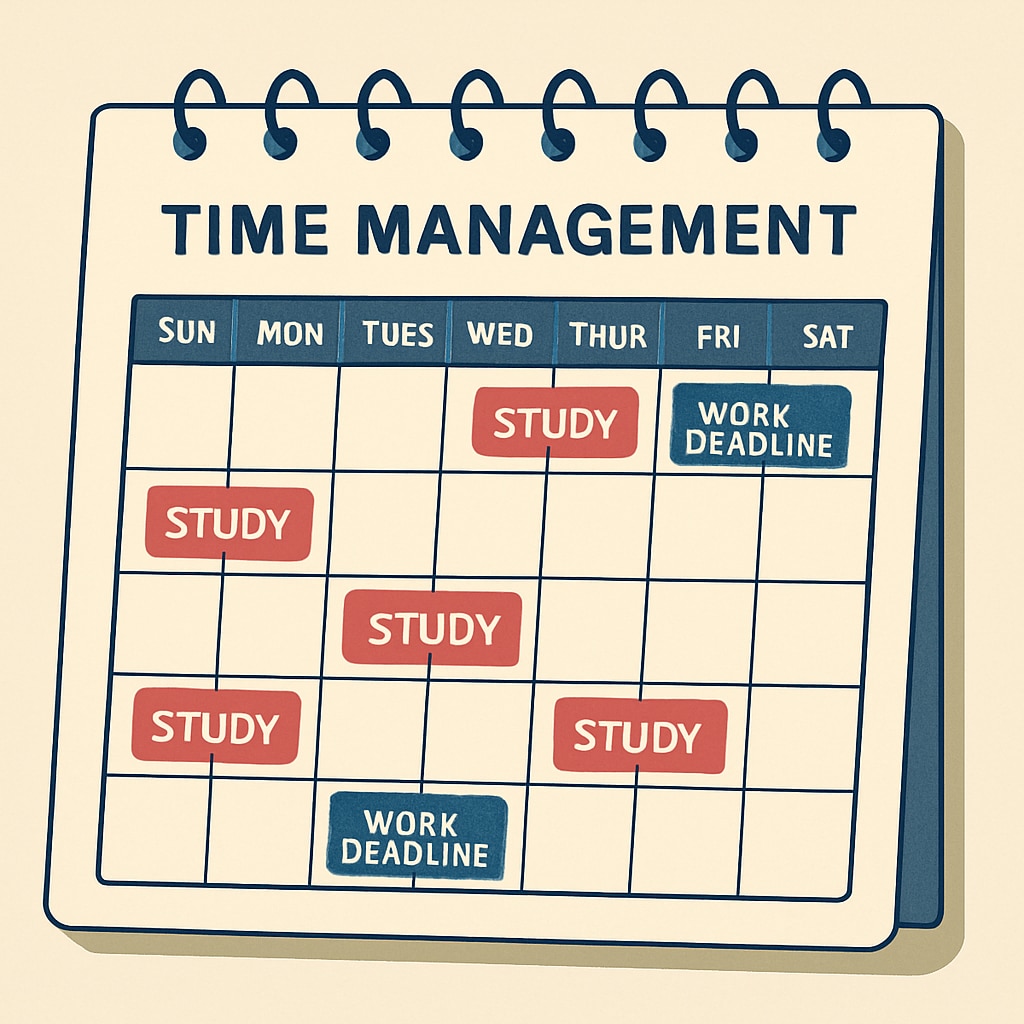For mid-career professionals, the pursuit of higher education degrees often presents a unique challenge. Balancing academic ambitions with career stability and time management can feel overwhelming. While obtaining a degree can unlock new career opportunities and foster personal growth, it also requires significant sacrifices in terms of time, energy, and resources. This article delves into the dilemma faced by professionals, evaluates the tangible benefits of higher education, and offers practical strategies for achieving balance between learning and work.
The Value of Higher Education for Mid-Career Professionals
Mid-career professionals often consider pursuing higher education to enhance their career prospects or pivot to new industries. Advanced degrees can lead to promotions, salary increases, and expanded professional networks. According to a study by the U.S. Bureau of Labor Statistics (U.S. Bureau of Labor Statistics), individuals with advanced degrees earn significantly more than those with lower levels of education. Furthermore, higher education can provide the credibility and expertise needed to enter specialized fields.
However, the decision to pursue a degree must be weighed against the realities of existing career demands. Many professionals grapple with whether the investment in time and money will yield sufficient returns. For example, not all industries place equal emphasis on formal credentials, and some prioritize hands-on experience over academic qualifications.

Challenges in Managing Education and Career Responsibilities
One of the biggest obstacles mid-career professionals face is time management. Juggling full-time work, family responsibilities, and academic workloads often leads to burnout. Additionally, the financial burden of tuition fees can strain resources, particularly for those who are already managing mortgages, childcare costs, or other expenses.
Another challenge is the mental and emotional toll of returning to education after years away from academia. Adults may initially struggle to adapt to the pace and rigor of coursework, especially in fields that require technical or theoretical expertise. This transition can be intimidating, despite the determination to succeed.
Practical Strategies for Balancing Education and Career
While pursuing higher education mid-career is undoubtedly challenging, it is not impossible. Here are four practical strategies to help professionals manage their dual responsibilities:
- Set Clear Goals: Define why you want to pursue higher education and what you expect to achieve. Having a clear purpose helps prioritize tasks and maintain motivation.
- Choose Flexible Programs: Many universities now offer part-time, online, or hybrid degree programs designed for working professionals. These options provide greater flexibility in managing time.
- Establish a Support Network: Seek support from family, colleagues, and mentors. Sharing responsibilities or seeking advice can alleviate stress and create a more balanced routine.
- Practice Time Management: Utilize tools such as calendars and productivity apps to organize your schedule. Allocate dedicated study hours without compromising work and personal obligations.

Conclusion: Embrace Lifelong Learning
Pursuing higher education as a mid-career professional is a rewarding yet challenging endeavor. While it requires careful planning and sacrifices, the long-term benefits often outweigh the initial obstacles. Advanced degrees can open doors to new opportunities, enhance career trajectories, and foster personal growth. By setting clear goals, utilizing flexible study options, and effectively managing time, professionals can successfully balance education and work responsibilities.
Whether you’re looking to climb the corporate ladder, switch industries, or pursue a passion project, lifelong learning remains a valuable investment. Embrace the journey and remember that every step brings you closer to achieving your goals.
Readability guidance: Use short paragraphs, incorporate lists to summarize key points, and ensure smooth transitions for better flow. Keywords are naturally distributed to enhance readability and SEO.


